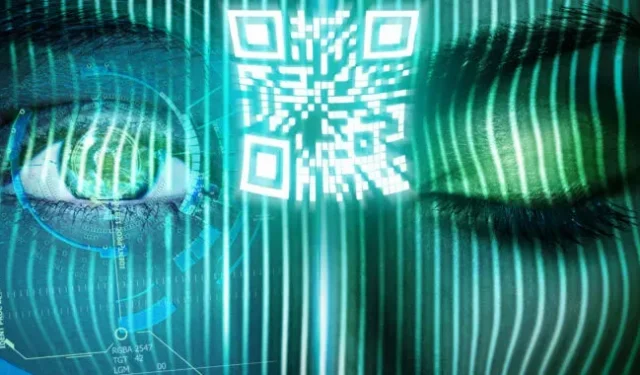When the US government began offering financial assistance to Americans struggling to cope with the economic collapse caused by the pandemic in 2020, the Treasury Department and the Federal Bureau of Investigation urged Americans to be even more vigilant about their personal information. COVID-19 scams seemed to be everywhere, and it became difficult for government agencies to ensure that all the money they sent actually went to the citizens most in need of help, and did not fall into the wrong hands.
According to Bloomberg, it is now estimated that hundreds of billions of COVID relief funds have been stolen, and there is no way to know the true cost of the losses.
Perhaps it has never been clearer to the federal government how effective having strong nationwide digital identity verification systems in place during an emergency can be.
Unfortunately, this is not where COVID-19 found America. Last year, McKinsey conducted an analysis of 12 countries, including the US, that provided COVID-19 assistance. It found that the most successful in distributing aid to the right people were those countries that had already invested in the digitization of financial infrastructure, including “having a basic digital identity system with a broad population coverage.” In countries such as Singapore and India, more than 80% of the population is covered by such a system; The coverage of the US population with digital IDs in 2021 was about 70 percent.
Partially responding to the pandemic, the US has gradually begun expanding coverage so that more Americans have digital identities. McKinsey says this will make it easier to provide financial assistance more efficiently and quickly in the future. But it also opens up the potential to give Americans more privacy and security than traditional IDs typically provide.
For example, the driver’s license, which has become the default ID for most of the country’s residents, has a vulnerable combination of sensitive information printed right on it: name, date of birth, and address. The theory is that with digital IDs, Americans can better protect sensitive information by relying on a QR code to share only the information needed to verify a transaction. This will limit the amount of data collected by third parties, which can then be captured by attackers through data breaches — breaches that are predicted to cost the world $5 trillion by 2024 without intervention, according to the United Nations.
In a truly digitized society, the ideal identity verification process may not include any of the traditional identification features that many Americans associate with identity theft and other fraudulent activities. Socure, the leading global platform for digital identity verification and fraud prevention, has helped many countries upgrade their systems and is in talks with the US.
Socure vice president of compliance Debra Geister told Ars that the platform helps US regulators understand that in addition to names, social security numbers, addresses and birthdays, “there are a number of ways”to identify Americans digitally, including IP addresses, mobile devices. devices and biometric data. Geister said that by consulting with fintech platforms like Socure, the US government can take advantage of the private sector’s knowledge and get closer to understanding how to blend all these flavors together to accurately verify “that the identity really belongs to the person.”
The vision of the future that is being sold today is a metaverse where people can travel back and forth making transactions in virtual and real worlds. But experts say this future will only work if people believe that the avatars they meet online are who they say they are. That trust will depend on technologically advanced digital identity verification, according to the Forbes Business Council, “adding security, protection and privacy controls.”The same level of confidence in digital identity verification could exist for the public sector in the real world if it were to rely on the same technology — if regulators could keep up, Geister said.
“As technology advances, we cannot rely on old-school methods,” Geister told Ars.


